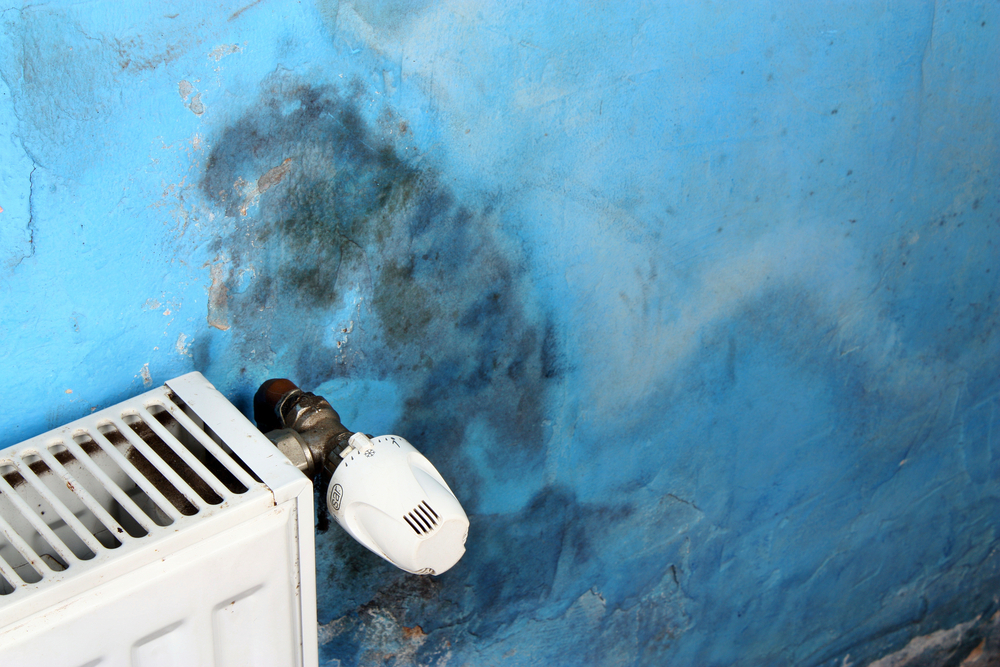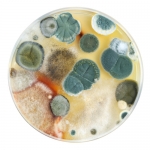Mold may seem like nothing but a household nuisance, but did you know that it could be making you sick? Both indoor and outdoor molds are capable of producing health issues in even the healthiest of people. Most of the time, toxic mold sickness is treatable, but when left undiagnosed and untreated, mold sickness can turn deadly. That’s why it’s important to recognize the signs of mold sickness and seek treatment if you’re suffering from it.
As Hurricane Sandy victims in New Jersey and New York can attest, toxic mold can grow overnight.
Toxic mold can affect everyone. Children, elderly, those with asthma or a mold allergy, and those with compromised immune systems (either from cancer, a disease or infection) are the most susceptible to mold-related sickness. But that doesn’t mean everyone else is safe. Even your pets can develop mold-related symptoms! It’s easy to dismiss mold sickness as common allergies, but when left alone, a mold sickness will only get more severe.
Mold, specifically Mycotoxins, enters your lungs and digestive systems through your nose and mouth.
Common mild symptoms of a toxic mold infection include stuffy nose, irritated eyes or skin, wheezing, headache or sneezing. If you think your pet may be affected by mold in your home, look for increased sneezing, scaly patches, a runny nose or increased anxiety.
In humans, serious toxic mold symptoms include fever, shortness of breath, diarrhea, fatigue, skin rashes, nausea or chronic sinus infections. Most of these serious symptoms present themselves after being exposed to mold for a long period of time. People who have asthma or a preexisting lung conditions are more at risk for showing these severe symptoms. If you’d like to learn more about mold sickness and it’s symptoms, visit the CDC’s website.
Mold thrives in moist areas of homes. Showers, leaky faucets, basements, crawl spaces, attics, HVAC systems and laundry rooms are all mold hot spots. As the mold grows, it releases spores into the air. If you manage to inhale enough of these spores, you may begin experiencing health issues, especially if you are sensitive to mold in the first place.
If you think you or a family member is experiencing toxic mold symptoms, the first step is to see your general practitioner or family doctor. They will determine whether or not you need to see a specialist. You may need to vacate your home for 7 to 10 days to check against symptoms. The next step is to call a mold remediation company — such as JMC — to remove the mold. Your health, and your home, may be in danger.


